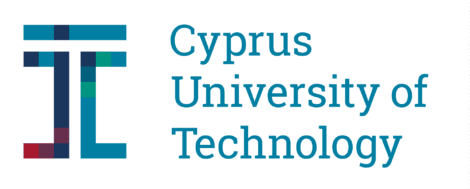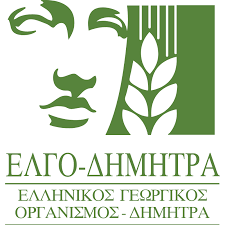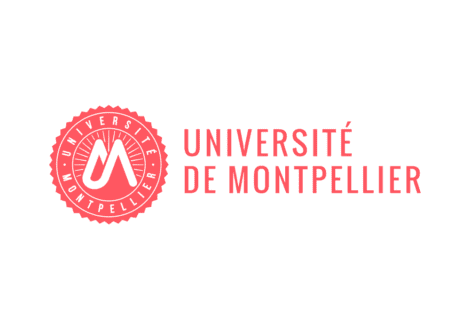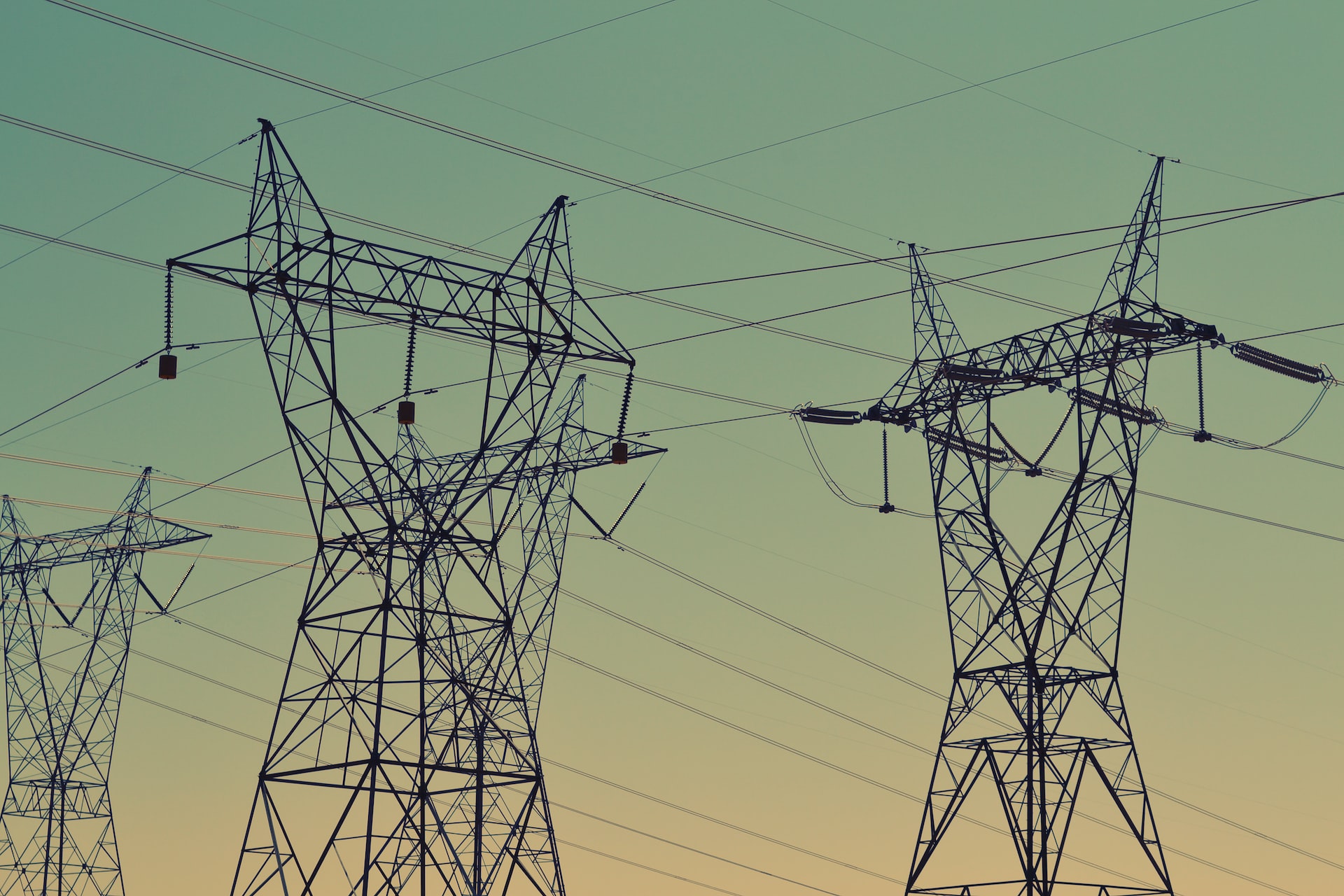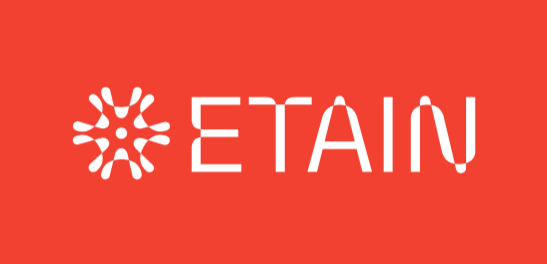ETAIN: Benefits and risks of 5G
How will we benefit from 5G? We are connected via phones, tablets, computers and other mobile devices 24/7. In this context, the fifth generation of wireless communication (5G) is in the spotlight. What are its benefits? What do we know about its downsides? Does it affect our health and the planet?
To address these knowledge gaps, the ETAIN project was set up. Funded by the European Commission (GA Nº101057216), the ETAIN project aims to develop and validate approaches to assess the impact of emerging technology from a planetary perspective, while exploring options for exposure reduction and interacting with citizens and stakeholders about exposure levels and possible associated risks. Following a citizen science paradigm, we will develop an app able to quantify one’s personal exposure to RF-EMF (Radiofrequency Electromagnetic Fields).
Experimental studies to investigate 5G exposure
The project is going to undertake a series of studies to investigate the impact on pollinators – mainly social and solitary bees – and other insects, humans, and the planet. ETAIN will study insect biodiversity, development, and fitness while being exposed to RF-EMFs. This will lead to the definition of four parameters: the wellbeing, health, behaviour and productivity of pollinators under RF-EMF (3G to 5G) exposure.
Additionally, potential effects on insect biodiversity regarding this exposure will be investigated by conducting field sampling studies using insect traps on locations with different exposures. All of this work will be supported by new digital models of insects, that will be used to simulate the exposure and its resulting dose. In relation with human health, a special focus will be on short- and long-term effects of 5G EMF exposure on human skin and on the eye, since these organs are becoming particularly relevant biological targets. The project will explore the production of reactive oxygen species, inflammation, and changes in the global gene expression.
Communities at the heart of the ETAIN project
Citizen science is another backbone of ETAIN. By co-creating a dedicated app and portal, citizens will be able to monitor relevant parameters on usage of their mobile phones and other devices. What’s more, this app will be built with citizens from the bottom up which will be an opportunity for them to get to know the project, its goals and the studied technology and share their thoughts, suggestions and ideas for improving the app.
The citizen engagement strategy will be implemented around different participation hubs called Citizen Science Labs which will draw on co-design and user research methods while creating a space for researchers to collaborate with citizens and participants. Two labs will be initially established: one in Spain (Catalonia) focusing on the co-design of the app, and one in the Netherlands, for the portal.
Partners from all over Europe with a common goal
ETAIN, coordinated by the Utrecht University, and with the participation of Swiss TPH, Ghent University, Ideas for Change, Fields at Work, Eindhoven University of Technology, the Geoponiko Panepistimio Athinon, (Agricultural University of Athens), the Centre National de la Recherche Scientifique, the Technologiko Panepistimio of Kyprou, Games for Health, Ellinikos Georgikos Organismos Dimitra and the Université de Montpellier, expects three wider impacts:
- Societal impact: Citizens will become more empowered to further understand RF-EMF in pursuit of a healthier living and working environment by knowing the direct and indirect effects of 5G exposure.
- Scientific impact: With new scientific evidence on the effects of 5G on human, ecosystem and planetary health, ETAIN will directly address the key scientific questions concerning the direct and indirect health effects of RF-EMF feeding into policies and regulations.
- Economic / Technological impact: The exposure maps, front-end reduction techniques, and exposure-aware networks planning tool will support mobile network and European 5G operators, hardware designers and optimizers to balance the need for low exposure to 5G with the increasing data demand resulting from more and more users and equipment connected to the Internet.
More information about this project can be found at etainproject.eu.
This article was first published on Ideas for Change.









